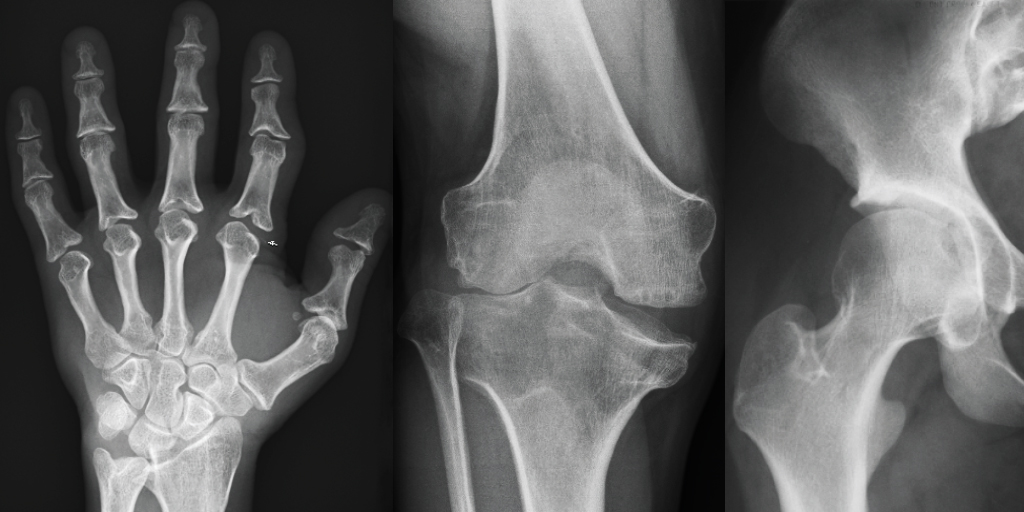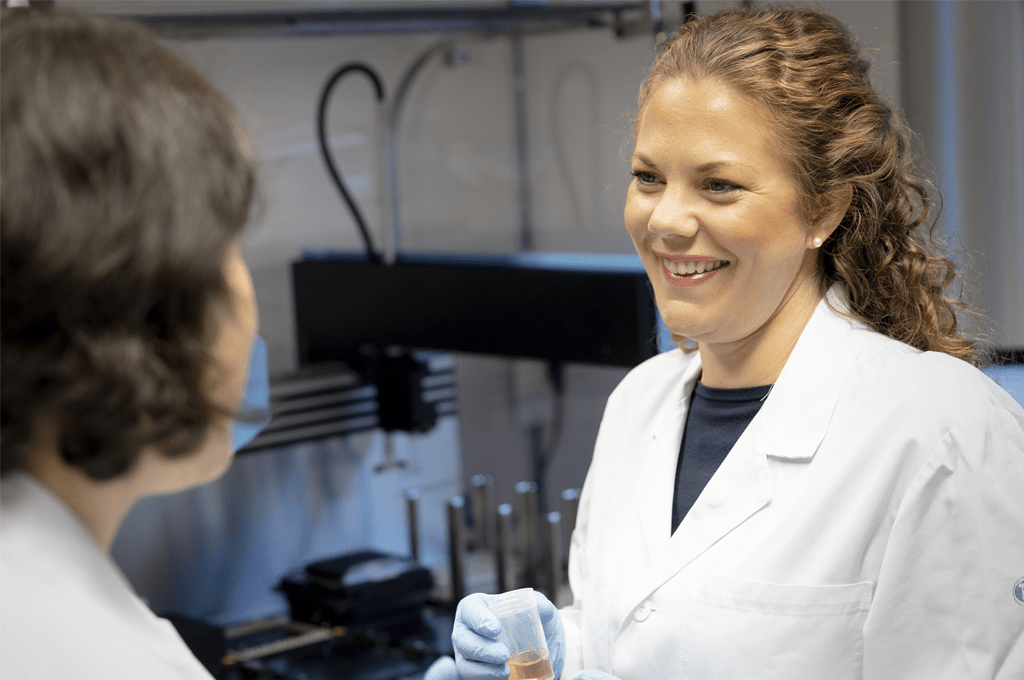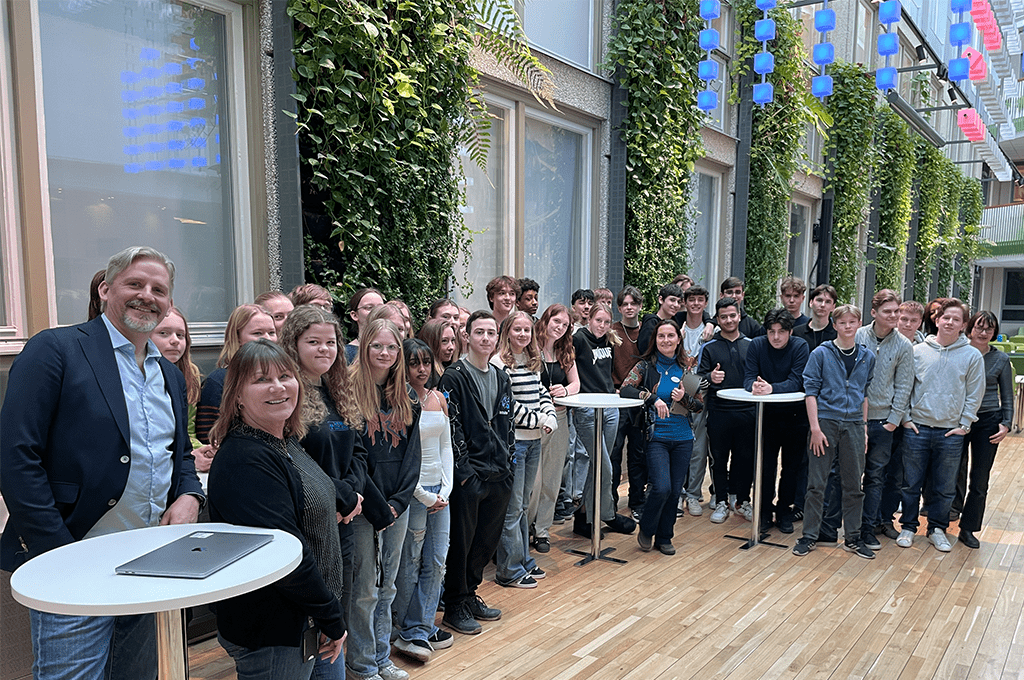New skeletal disease uncovered

A group of researchers led by physician and Associate Professor Giedre Grigelioniene (Karolinska Institutet) have identified a previously unknown skeletal dysplasia. The study, now published in Nature Medicine, describes the molecular mechanism behind this rare condition. Their analyses were enabled by a SciLifeLab Clinical Genomics unit.
A mother and her child had come to the clinic with a previous skeletal disorder diagnosis. However, after looking at new X-rays, Giedre Grigelioniene was convinced that both were suffering from an undescribed condition and set in motion an extensive diagnostic project in collaboration with researchers at Harvard Medical School in Boston, USA, as well as with Clinical Genomics Stockholm, part of the SciLifeLab Diagnostics Development platform.
The study revealed that the disease was caused by a mutation in a gene called MIR140 that give rise to micro-RNA (miR-140), a small RNA molecule that regulates other genes. To verify their findings, the researchers using the CRISPR-Cas9 technique to create a mouse strain carrying the same mutation. It turned out that the animals’ skeletons displayed identical aberrations as the patients.
Losing miR-140 function triggers abnormal expression of several important genes in the cartilaginous growth plates and the ends of the long tubular bones.
“This causes a change in skeletal growth, deformed joints and the delayed maturation of cartilage cells in the patients, who have short stature, small hands and feet and joint pain,” says Giedre Grigelioniene in a press release by Karolinska Institutet.
Valtteri Wirta, Head of Unit at SciLifeLab Clinical Genomics Stockholm, adds:
”This article clearly shows the value of whole genome sequencing in clinical routine diagnostics. From a small number of patients, we can begin to identify completely new biological mechanisms. Then, there is of course a need for many further studies to establish connections between genetic alterations and phenotype – the physical manifestations.”
Read the full paper in Nature Medicine
Read a press release from Karolinska Institutet: in Swedish or English




